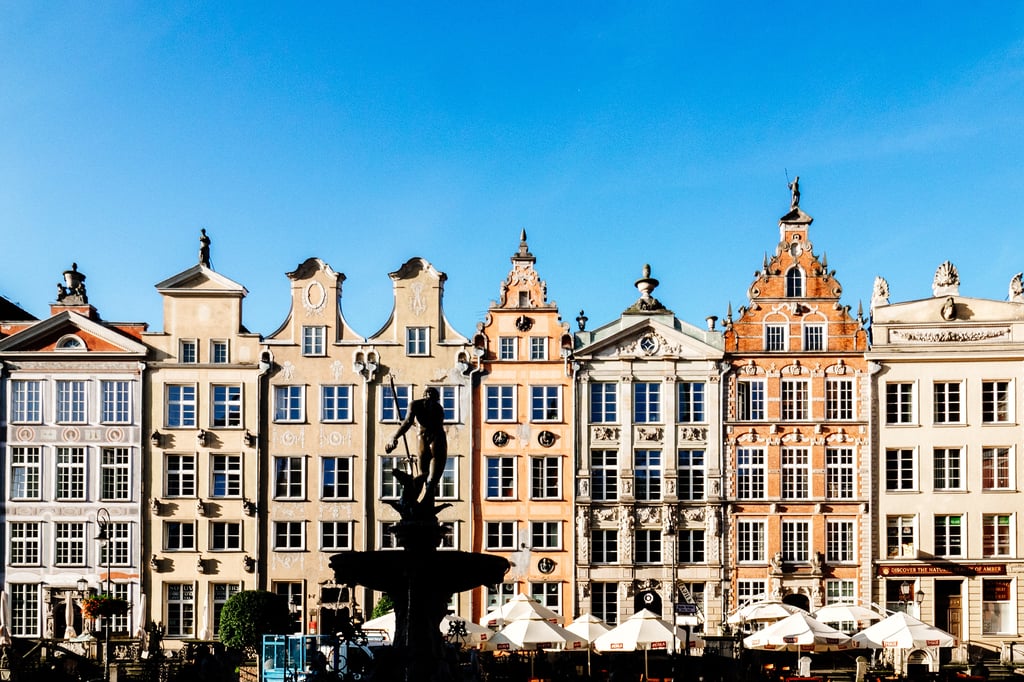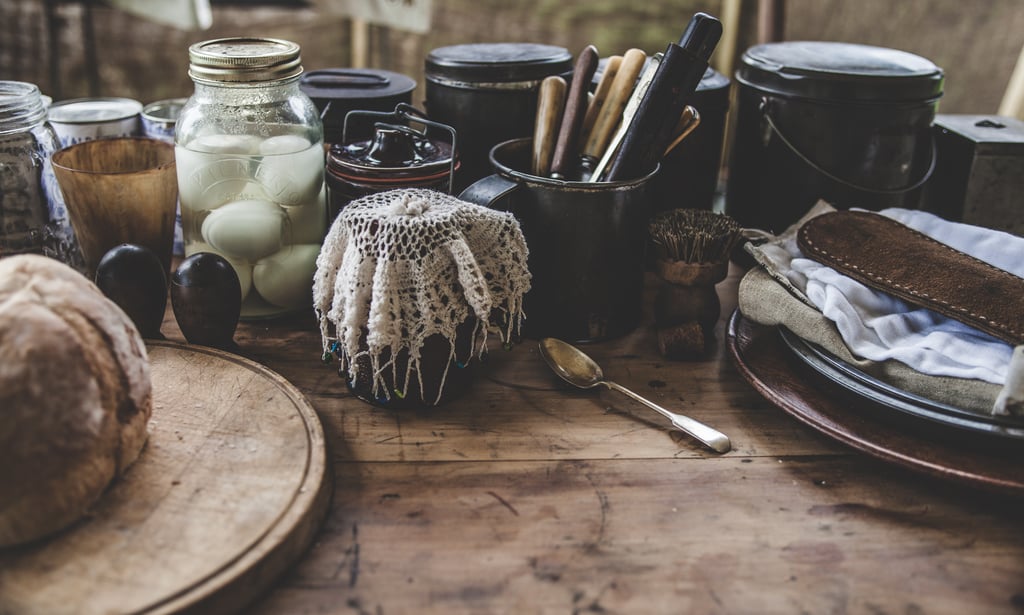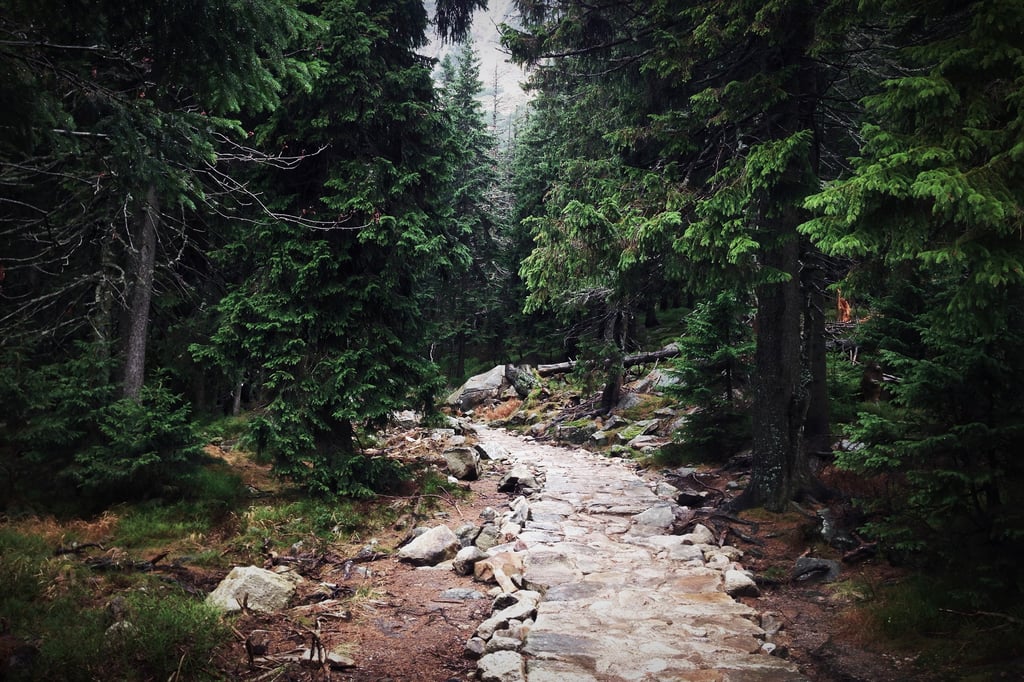Whether you are going on vacation, moving abroad, or traveling for work, it is always comforting to know the basics before you arrive. Feeling comfortable with what people eat, how they interact in public, and even how they get around, are some of the first steps to feeling at ease in another culture. If you know what to expect you can spend less time fretting and more time soaking in the all of the new experiences travel brings.
Poland is situated in central Europe along the Baltic Sea. The nation’s borders and titles have shifted numerous times since its formation in the 10th century due to influences and invasions from neighboring countries. Through years of change, Poland has remained a resilient culture with significant contributions to the world.
Today, the population of Poland is about 38 million. The capital is Warsaw; other major cities include Gdansk, Wroclaw, Krakow, Lublin, and Poznan. Despite extensive damage that the country suffered in the 20th century, Poland has risen triumphantly with a steadily growing economy bolstered by the service and industry sectors.
Social Climate
In Poland, a handshake is the most common greeting. Until Poles get to know you, they may appear reserved and formal. This will change as trust and familiarity grow. Eye contact during a conversation is very important, and as long as the individual is addressing you, you should maintain eye contact. This is a sign of respect.
Chewing gum is considered rude, as well as speaking to someone with your hands in your pockets. Hand gestures during conversation are not common, so keep your hands at your sides while you speak.
Language
The official language of Poland is Polish. There are 16 other languages spoken throughout Poland that are recognized as national, ethnic, and regional minority languages.
Poles tend to speak softly, slowly, and calmly. It is considered disrespectful and immature to raise one’s voice. On the street, all individuals are expected to maintain decorum. As such, loud disruptive behavior, even boisterous laughter, is seen as bad behavior, especially for women.

Doing Business
The Polish workweek runs Monday through Saturday morning, and the workday usually starts at 8am and ends around 3pm (and no later than 4pm). Even managers and executives are rarely in their offices after 5pm. Poles do not take lunch during the day; instead, they will often have a sandwich as a mid-morning snack and eat a full lunch when they get home in early afternoon.
Business interactions in Poland are formal but will begin with the sharing personal information in an attempt to get to know you. While interactions may be formal to start, they will soon relax as a rapport is built. Poles preference for formality and historic preference for hierarchy is easily seen in business structures.
Housing
The most expensive housing in Poland can be found in Warsaw. Depending on the area, flats or houses are available. Renting is generally the preferred arrangement for flats, but residential properties in Poland are usually privately owned. Renters may be offered a short term lease or a long term lease.
Food
Famous foods in Poland include:
- Kielbasa-sausage
- Pierogi-filled dumplings
- Paczki-donuts
- Mizeria- cucumber salad
- Golabki- stuffed cabbage
- Kompot-fresh juice

Schooling
Education starts at age 5 with kindergarten followed by primary education for children ages 6-12. After primary school, children attend lower secondary school (gymnasium) for three years. Then students may opt to attend one of three secondary schools – vocational (three years), technical (four years), or comprehensive (three years).
While literacy is very high in Poland, advancing to higher education is not common, and a significant number of students leave school after secondary. There are many universities in Poland, however those who continue on to higher education often do so abroad.
Transportation
If you are driving in Poland, study the rules and signs before getting behind the wheel. Due to its position as a “cross-roads” nation, Poland utilizes various methods of transportation, including rail, air, water, and road.
Public transit is available in major Polish cities. Do watch for pickpockets. You can also take a taxi, but before you leave, be sure that you agree on a fare with your driver or you may be overcharged.
Attractions: Museums and Nature
Some of the top attractions in Poland are:
- Malbork Castle
- Krakow Cloth Hall
- Wieliczka Salt Mine
- Uprising Museum
- Royal Castle (Warsaw)
- Copernicus Science Center
Some of the most beautiful natural features of Poland include:
- Tatra National Park
- Bialowieza Forest
- Karkonosze National Park
- Owl mountains
- Baltic coast

Security
Make multiple copies of your documentation and keep these materials in a safe place. These documents should include the location of your nearest home country embassy in case of emergency. When you travel, always be sure to provide at least one other person with your itinerary. Keep your belongings close to you, as pick pocketing is common throughout Europe.
As in every country, there are places that are dangerous to go to if you are unfamiliar with the area. Ask the locals where they do not go, and try to avoid travelling alone and at night.
There is a moderate risk of scamming in Poland; guard your private information such as your credit card number very carefully. Confirm that the ATM you use or transaction center is verified and shield your pin number while entering it. Whenever you travel to a new place, remember that it is best to avoid large crowds when possible. Always trust your instinct; if something feels wrong to you, leave the area immediately. Allow extra time to travel, especially across borders.
Facts about Poland
- Poland shares a border with seven countries: Germany, Russia, Lithuania, Belarus, Ukraine, Slovakia, and the Czech Republic. The Baltic Sea provides a coastline to the north.
- Marie Curie (Maria Sklodowska) was Polish, but lived and worked in France. She won a Nobel prize for her discoveries in physics and chemistry.
- Poland is the world’s largest exporter of amber.
- The Polish alphabet has 32 letters.
- One of the world’s oldest salt mines was built in the 13th century. It produced table salt until 2007!
- Poland’s version of pizza does not have tomato sauce on it; rather, it is eaten with ketchup.
Heading to Poland? Be sure you're properly prepared with Intercultural Training. If you enjoyed this post, browse our other Destination Profiles:



